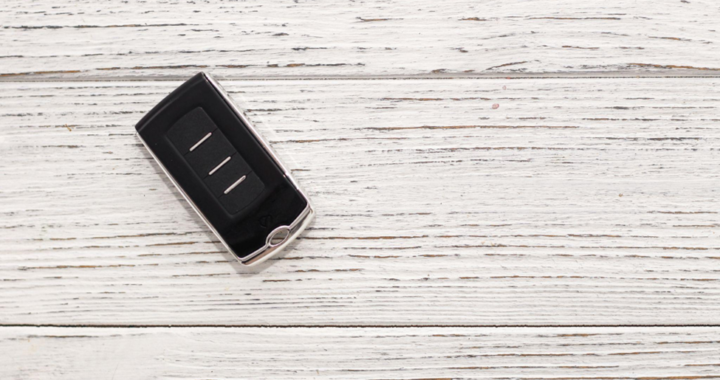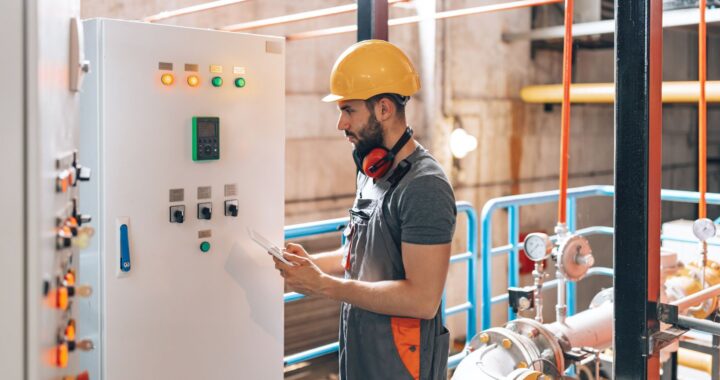Energy-Efficient Heating and Cooling Systems for Modern Homes

The demand for energy-efficient heating and cooling systems in modern homes has never been higher. With rising energy costs and increasing awareness of environmental impact, homeowners are seeking ways to reduce their carbon footprint while maintaining comfort. Advances in technology have provided various options for achieving energy efficiency. We will explore different energy-efficient for all your heating and cooling needs in Vancouver that are becoming essential for modern homes.
Heat Pumps: The All-in-One Solution
Heat pumps are gaining popularity due to their ability to provide heating and cooling using a single system. Unlike traditional furnaces and air conditioners, heat pumps transfer heat from one place to another, making them highly efficient. During winter, they extract heat from the outside air (even when it’s cold) and transfer it indoors. The process is reversed in the summer, and heat is removed from the indoor air and expelled outside. This heat transfer uses significantly less energy than generating heat directly through combustion or electrical resistance. The key to their efficiency lies in their ability to leverage the natural heat available in the environment, leading to substantial energy savings. Modern heat pumps come in various forms, including air-source, ground-source (geothermal), and water-source systems, each offering different levels of efficiency and installation costs.
Smart Thermostats: Precision Control and Optimization
Smart thermostats are revolutionizing the way homeowners manage their heating and cooling systems. These devices connect to Wi-Fi and can be controlled remotely via smartphones, tablets, or computers. One of the primary benefits of smart thermostats is their ability to learn the household’s routine and preferences, automatically adjusting the temperature to optimize energy use without compromising comfort. For instance, a smart thermostat can lower the temperature when the house is empty and begin heating or cooling just before the occupants return. Additionally, many smart thermostats provide detailed energy usage reports, helping homeowners understand their consumption patterns and identify opportunities for further savings. Integrating smart thermostats with other home automation systems allows for seamless control and energy management, making them a vital component of modern energy-efficient homes.
Insulation and Sealing: The Foundation of Efficiency
No matter how advanced the heating and cooling systems are, their efficiency can be significantly compromised without proper insulation and sealing. Ensuring that a home is well-insulated prevents heat from escaping during the winter and keeps the cool air inside during the summer.

Key areas to focus on include walls, roofs, floors, and windows. Modern insulation materials, such as spray foam and rigid foam boards, offer higher R-values (a measure of insulation effectiveness) than traditional materials like fiberglass. In addition to insulation, sealing gaps and cracks around doors, windows, and other penetrations is crucial to prevent air leaks. Weatherstripping and caulking are simple yet effective methods to enhance a home’s airtightness. By improving insulation and sealing, homeowners can reduce the load on their heating and cooling systems, leading to lower energy consumption and increased comfort.
Radiant Heating: Comfort and Efficiency Combined
Radiant heating systems provide an energy-efficient and comfortable alternative to traditional forced-air systems. These systems work by circulating warm water through pipes embedded in floors, walls, or ceilings or using electric heating elements. Radiant heating offers several advantages, including even heat distribution and the elimination of drafts and noise associated with forced-air systems. Since radiant heating warms surfaces and objects directly, it can maintain a comfortable indoor environment at lower temperatures, further enhancing energy efficiency. Hydronic radiant heating systems use water as the heat transfer medium and are particularly efficient when paired with a high-efficiency boiler or heat pump. Moreover, radiant heating is compatible with various floor coverings, including tile, wood, and carpet, allowing homeowners to choose their preferred flooring materials without sacrificing efficiency.
Energy Recovery Ventilation: Fresh Air without Energy Loss
Maintaining indoor air quality while minimizing energy loss is challenging in energy-efficient homes. Energy recovery ventilation (ERV) systems address this issue by exchanging stale indoor air with fresh outdoor air while recovering energy from the exhaust air. ERVs transfer heat and moisture between the incoming and outgoing air streams, reducing the load on heating and cooling systems. During the winter, the system captures heat from the outgoing air and pre-warm the incoming fresh air. The process is reversed in the summer, and the system helps pre-cool and dehumidify the incoming air. This process improves indoor air quality and ensures that the energy used to condition the indoor environment is not wasted. ERVs are particularly beneficial in airtight homes, where natural ventilation is limited, and they contribute significantly to overall energy savings.

Integrating energy-efficient heating and cooling systems is crucial for modern homes to achieve comfort, sustainability, and cost savings. From heat pumps and smart thermostats to radiant heating and energy recovery ventilation systems, numerous options are available to homeowners seeking to reduce their energy consumption. By combining these advanced technologies with proper insulation, sealing, and passive solar design, it is possible to create homes that are energy-efficient, environmentally friendly, and comfortable. Investing in these systems and design strategies will benefit individual homeowners and contribute to broader efforts to reduce energy use and mitigate climate change.

 Troubleshooting a Garage Door Opener That Won’t Respond
Troubleshooting a Garage Door Opener That Won’t Respond  The Future of Energy: Innovations and Trends Shaping the Industry
The Future of Energy: Innovations and Trends Shaping the Industry  Seven Key Factors to Consider When Choosing a Floating Pond Fountain
Seven Key Factors to Consider When Choosing a Floating Pond Fountain